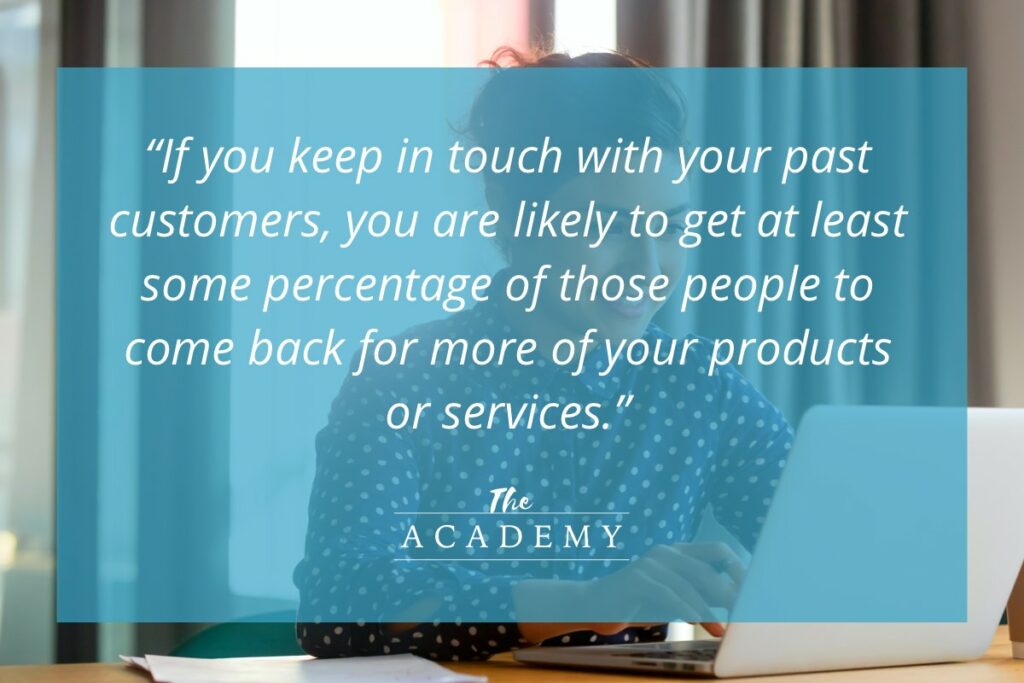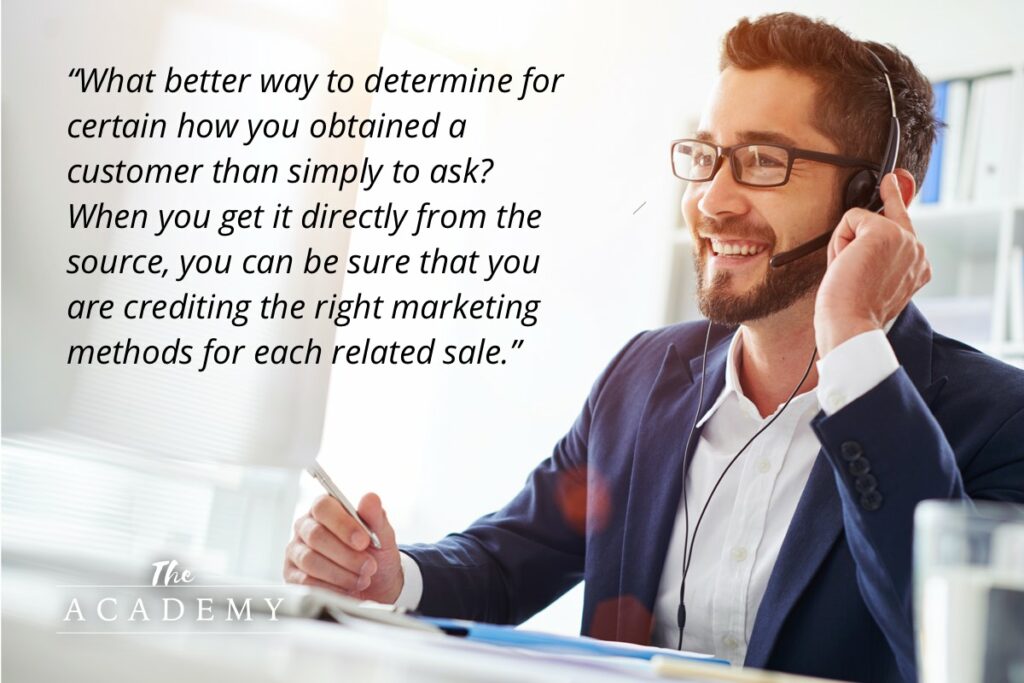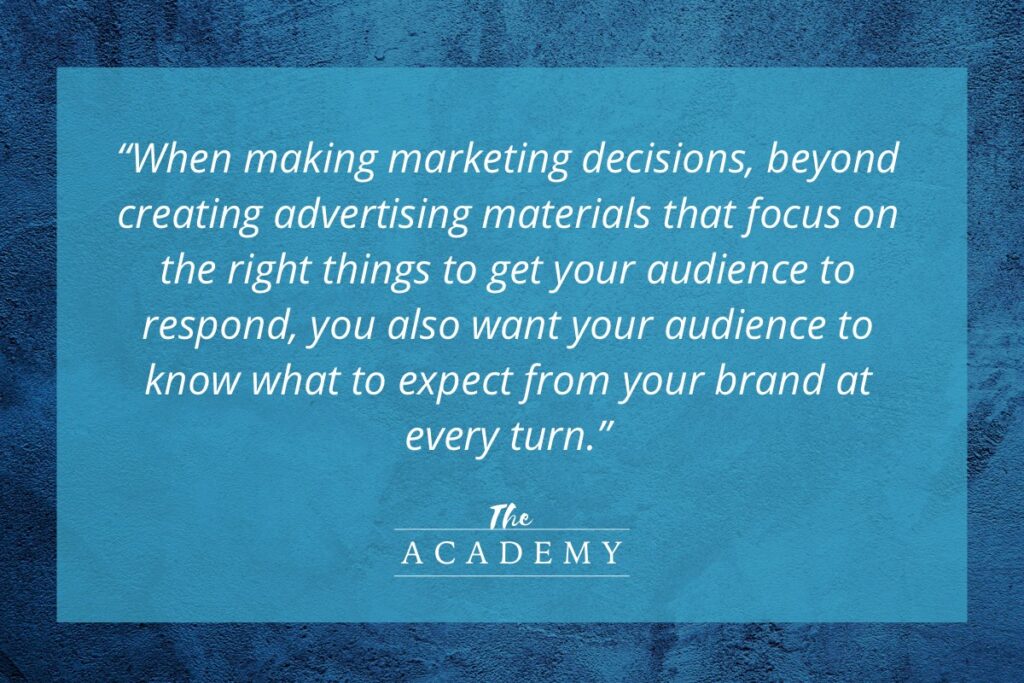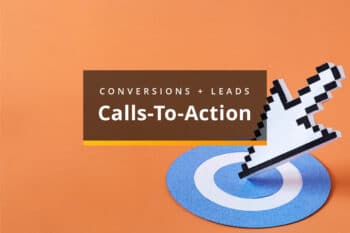
In marketing, nearly all of your efforts are typically focused on bringing in customers and making sales. That’s the goal of the job, after all… to sell to as many people as possible and drive revenues up. There’s nothing wrong with that goal but being focused solely on selling can cause you to miss a valuable opportunity.
This article is going to discuss the value of staying in touch with your customers after a sale has been made. There is a lot to gain by going the extra mile and checking in with those who have already bought at least once, yet many businesses fail to take this step. We hope the content below will encourage you to stay in touch and you’ll even get a few ideas on how to accomplish that.
Some Obvious Advantages to a Post-Sale Check-In
To get started, let’s talk about some of the obvious benefits of following up with your customers after they have made a purchase. You may already be aware of some or all of these factors, but it’s good to go over them nonetheless.
- Make more sales! No one is more likely to buy from you than someone who has purchased from you previously. So, if you keep in touch with your past customers, you are likely to get at least some percentage of those people to come back for more of your products or services. This is extremely valuable to a business, as it can cut down dramatically on the percentage of revenues you have to spend on advertising. Basically, if you aren’t keeping in touch with past customers, you are missing a golden opportunity to earn revenue that is just waiting to be had. If for no other reason, checking in after a sale is worthwhile for the direct additional revenue it can produce.
- Build a reputation. You also want to make sure you are building a good reputation in your industry and following up with customers is a nice way to do just that. If someone buys from you and feels like you are invested in their satisfaction and you stand behind what you sell, that is only going to mean good things for referrals and your general standing in the industry.
- Stay ahead of issues. When touching base with customers after a sale, you’ll be giving them a great opportunity to communicate with you if anything is wrong that can quickly be rectified. Depending on what you sell, this could help avoid bigger problems down the line and might be another step toward optimizing customer satisfaction.
If all you get out of checking in with past customers is additional sales and a boost to your reputation, it will be more than worth it to make that effort. Fortunately, you stand to gain even more, as we’ll detail below.

Staying In Touch with Customers is a Learning Opportunity
The main point we would like to stress in regard to staying in touch with your customers is just how much you stand to learn by doing so. It’s easy to think that you already know everything about your business, but that is not likely to be the case. There is always more to learn, and often the best learning happens when you listen to those who have already done business with your brand.
Once you start unwrapping this gift, you’ll find that there is an incredible amount of knowledge available through this path. Some of the many things you can learn by talking with your customers include the following:
- How they found you. Every marketer knows the challenge of attributing sales properly to the correct marketing channel. You probably have a few different marketing initiatives running at any given time, and you may struggle to correctly credit the ones that are working most effectively. So, what better way to determine for certain how you obtained a customer than simply to ask? When you get it directly from the source, you can be sure that you are crediting the right marketing methods for each related sale.
- What they liked about your product. When you sell something, you tend to think of that thing as perfect. It was developed by your business (or maybe even by you personally) so it’s hard to see any faults that exist. When you talk to customers, however, you’ll see the bigger picture reality of pros and cons. Of course, those who purchased your product will have seen enough advantages to make that purchase, but they’ll likely have some drawbacks to point out, as well. Learning from that feedback will help you make future versions of your product even better.
- Why they chose you over the competition. You should always be keeping up with what your competition is doing when running a business. One good way to get insight into how your competitors are performing is to ask your current customers why they chose you over those alternatives in the marketplace. Was it a price that was the differentiating factor? Did you offer a certain feature that wasn’t present in the offerings of others? This is valuable info because it tells you what to highlight when creating marketing materials. If previous customers purchased for a specific reason, future customers are sure to do the same, so focus on those aspects that past customers are telling you are important.

A good example of how learning from customers can inform marketing efforts comes from V8 juice. This product has long been popular in the U.S., but it didn’t hit its stride immediately. At first, V8 was simply promoted as another refreshing drink, like so many others already on the market. Without a strong point of differentiation, V8 struggled to gain traction with the general public.
Soon enough, however, V8 learned from existing customers that their product was being used effectively as a method to replace vegetables in their diet. So, rather than positioning as a standard drink like any other, V8 was able to pivot and position its brand as a way to get a sufficient serving of healthy vegetables in just a matter of moments. With a marketing direction that was now able to stand out from the pack, V8 found its footing and became the household name that we know today.
Positioning Your Brand Correctly
The concept of positioning, as seen with the V8 example above, is such an important thing to keep in mind when making marketing decisions. Beyond creating advertising materials that focus on the right things to get your audience to respond, you also want your audience to know what to expect from your brand at every turn. In other words, you don’t want to present any surprises; customers should know what to expect and then you should deliver on those expectations.
One of the great things about thinking of your business in terms of positioning is that there are simply so many options available to create your niche in the market. Here are some possibilities, although not all of these will apply to every market segment:
- Position as the lowest-price option on the market in your niche
- Target the high-end of the market, with features that aren’t offered by the competition
- Focus on mastering one specific sub-niche of the market and dominating with customers who value that specialty
- Deliver outstanding customer service and be known for standing firmly behind everything you sell
It’s much easier to pick out the right type of positioning for your brand when you are actively engaging with current customers to get their feedback and consider their opinions. The feedback you collect might change the way you position your brand, or it might strengthen your belief that you are already on the right track.

Creating a Game Plan
To this point, we’ve been touting the virtues of checking in with your customers after a sale is made. That’s great, but how do you do it? To be effective, you’ll need a method that doesn’t take up too much of your time, is not annoying to your customers, and makes it possible to gather constructive feedback.
It would be great if we could outline a detailed strategy for how you can keep in touch with your customers after they make a purchase. That’s just not practical, however, as there is no one-size-fits-all approach to this initiative. Rather, you’ll have to create something that is customized to your needs and the type of customers you serve.
For example, if you sell high-ticket items and use a lengthy sales funnel to close those deals, you’ll have built a relationship with each customer. So, sending a small physical gift in the mail, along with a request for some feedback, would be well worth it. On the other hand, if you sell products that are affordable and often are bought on impulse, such a grand gesture would be too much. Instead, that scenario would call for something like a follow-up email that is automatically sent a few days after the purchase is made.
Once you decide how you’ll get in touch with your customers after a sale, you’ll then need to determine what you want to say. Is the goal of this message simply to get feedback so you can learn how to better serve other customers? Or do you want to promote a related product in an effort to get this customer to make another purchase? Of course, it doesn’t have to be one or the other, as you could craft a blended message that aims for both goals simultaneously.
You’ll be ready to get going once you have a strategy in mind with regard to how you will contact your customers and what you are going to say. The one other important point to keep in mind here is that you want any feedback you collect to be as convenient as possible for your customers to provide. If there are too many steps involved in the system, or if it takes too much time, customers just won’t do it.
Fortunately, modern technology makes it pretty easy to clear this hurdle. For instance, if you are using email to send messages, just include a link to a form where feedback can be provided. Don’t make that form too long, either; just two or three questions should get the job done. If you can find a way to offer some kind of incentive, like a free product or entry in a contest, that will be even better.
Checking In is Worth Your Time
Simply put, checking in with your customers after they make a purchase is a good business practice. This can take a number of forms, so you may need to experiment with various approaches until you settle on something that works nicely for your organization. We hope this article points you in the right direction on this important topic, and good luck!
Most Popular Articles

Seeing Favicons in Your Google Search Results? Here’s Why…
Have you noticed anything different in your Google Search results lately? Google added tiny favicon icons to its organic search results in January. It was…

Business Growth and Digital Marketing News & Tips 4-14-24
Did you know? It’s five to twenty-five times more expensive to acquire a new customer than to retain an existing one. Increasing customer retention by…

Business Growth and Digital Marketing News & Tips 3-28-24
With the desire for precise measurement tools to determine ROI, there has been a rise in attention metrics. These metrics, which often utilize eye-tracking data,…








